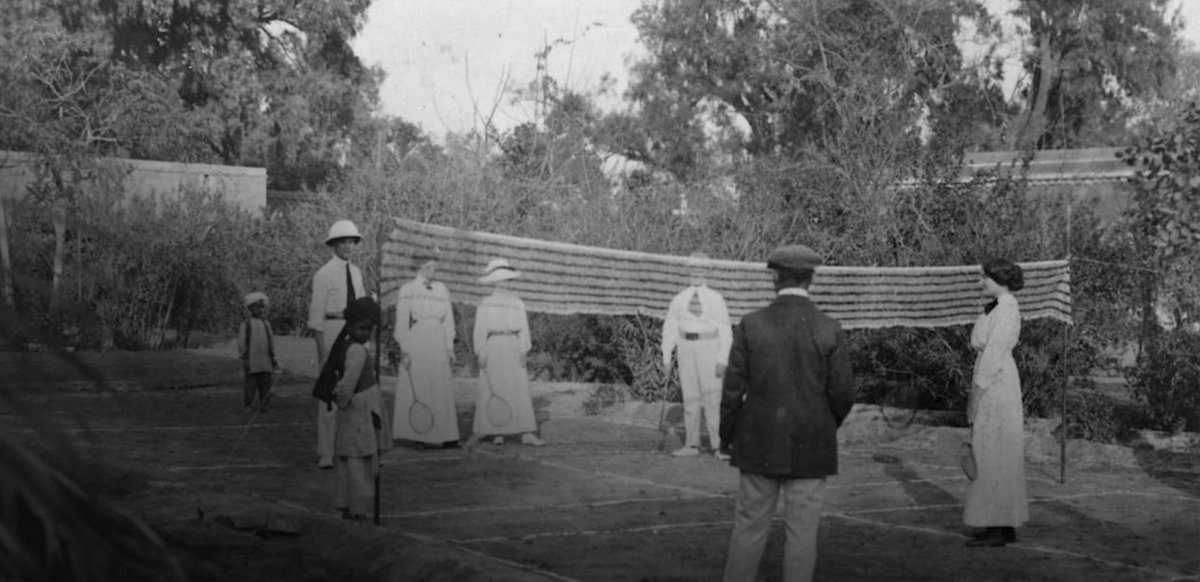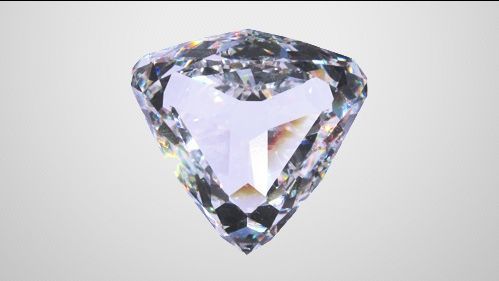
Can a lip-smacking chicken #curry be used as a tool for #revolution? Believe it or not but Rash Behari Bose, an #Indian revolutionary, did just that while on the run in #Tokyo. Bose was born #OnThisDay in 1886. 1/8
#food #cuisine #recipes
#food #cuisine #recipes

During the early 20th century, the #British in #India were feeling the heat as there was an upsurge in revolutionary activities during India's #freedomstruggle. A revolutionary from #Bengal, Bose played an important part in the movement. 2/8
He was involved in the assassination attempt on Lord Hardinge in 1912 and the failed Ghadar Mutiny of 1915. He escaped to #Japan and lived there under an assumed name and identity. 3/8
#Indianhistory #history
#Indianhistory #history

Bose took refuge in a bakery called Nakamuraya in Tokyo and lived with the family who owned it. It not only turned out to be the centre of his underground revolutionary activities but also where he invented a dish that became the rage in #Japan! 4/8
The #chickencurry, or raisu kar, that the Japanese had relished for so long had been picked up by their sailors from British naval officers in the 19th century. It was no spicy Indian curry; rather a thick stew that used curry powder along with wheat and sour apples. 5/8 

Bose was determined to not only help win India her freedom from colonial rule but to also wrest back India’s food culture from the British! So he cooked up an authentic Indian curry. 6/8
#foodhistory
#foodhistory
Bose’s curry was first served at Nakamuraya, whose menu tagged it as ‘The taste of love and revolution’. The curry was so loved by the Japanese that sales went through the roof. In 1939, Nakamuraya became one of the first to be listed on the Japanese stock exchange. 7/8 

Rash Behari Bose will be remembered for his role in India’s freedom movement – and for conquering the Japanese palate! Details here: livehistoryindia.com/story/people/r…
• • •
Missing some Tweet in this thread? You can try to
force a refresh

















